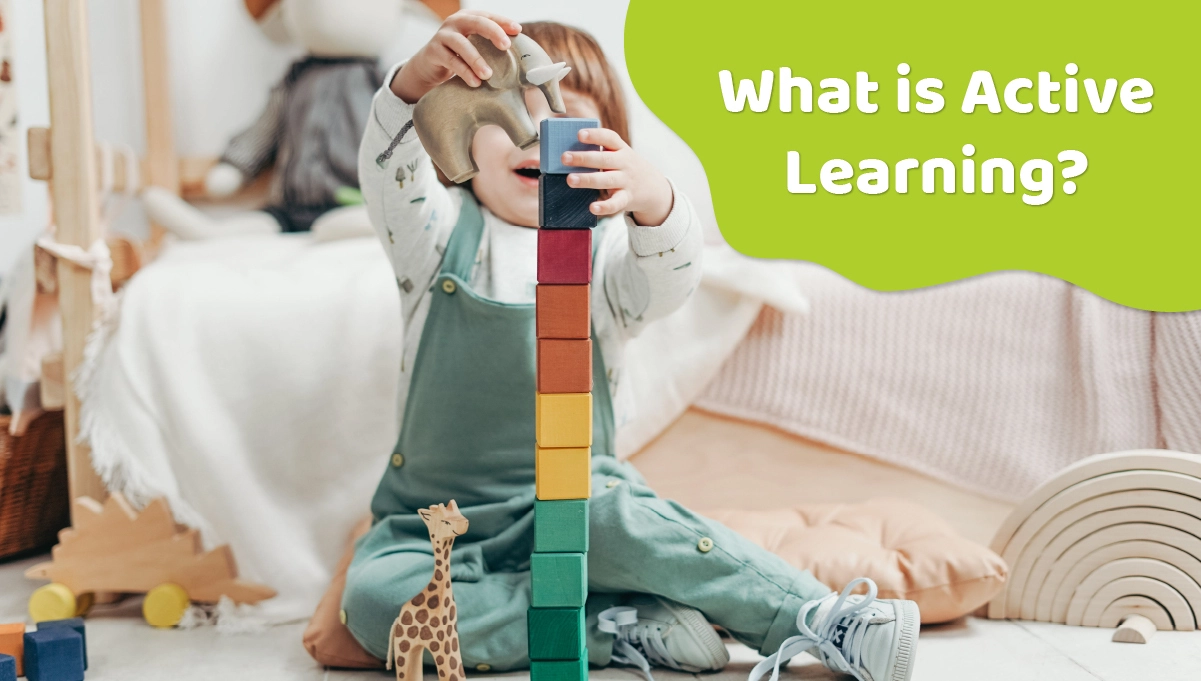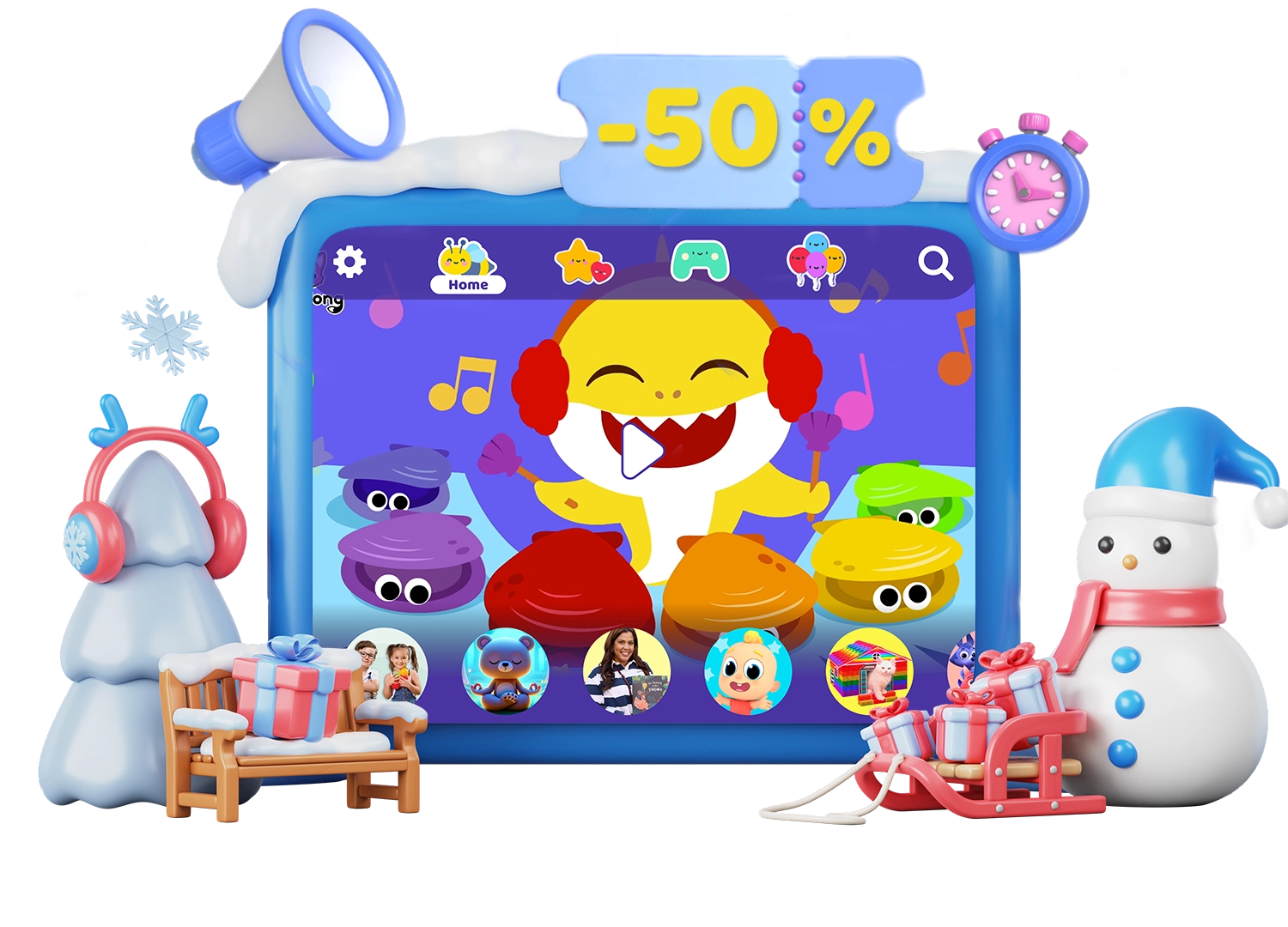In today’s fast-paced world, children are bombarded with stimuli from an early age. While traditional passive learning methods may have been sufficient in the past, a more engaging and interactive approach is now mandatory. Active learning, a pedagogical strategy that emphasizes hands-on experience and collaborative exploration, is emerging as the gold standard for effective education.
Want to learn more about active learning?
Active Learning, the game changer
Many parents struggle when their children do not want to go to school every day, or find homework or other educational activities too boring. The end result is usually that the child becomes a nuisance and does things that drive their parents crazy. The thing is, they used to be excited about going to kindergarten or preschool, but now it is a stressful thing, and learning becomes a struggle not only for the parents, but especially for the kids themselves.
Two words change all that: Active Learning.
At a young age, preschool is a fun and joyful place to learn, where children are happy and their brains work like a sponge, absorbing everything. As they move into elementary school, when they are exposed to traditional learning activities that are still too passive, children begin to, guess what, dislike it. They do not find it fun at all, and then they start to feel and generate stress.
Who likes to do boring stuff every hour of every day, all year long, and repeat it year after year? You probably don’t, and kids are no different.
But what if learning could be fun? What if schools and parents at home found new ways to make learning fun for kids?
Either if you are a parent, a teacher, a caregiver, an aunt or uncle, or someone who is somehow related to children and passionate about their education, stay with us and we will share with you the importance of learning through fun, the benefits of creative learning for children, and of course, practical and fun learning kids activities plus active learning strategies for you to try and implement on a daily basis.
What is Active Learning?
The first question that probably comes to mind is this. Educators Mary Hohmann and David Weikart, in their book Educating Young Children: Active Learning Practices for Preschool and Child Care Programs, define active learning, also known as kinesthetic learning, as “learning in which the child, by acting on objects and interacting with people, ideas and events, constructs new understanding. No one else can have experiences for the child; children must do this for themselves”. In addition, sensory-motor experiences occur through feeling, smelling, hearing, seeing, and listening to objects.
In other words, it is learning through play. Either with books, videos, music, and any other activity.
In summary, the fun learning approach is an educational solution that allows children to discover the joy of learning and become lifelong learners. The goal is to get children interested and motivated so that they can actually learn. If children are not interested or motivated, there will be no learning, or at least no effective learning.
Will my child learn better by having fun?
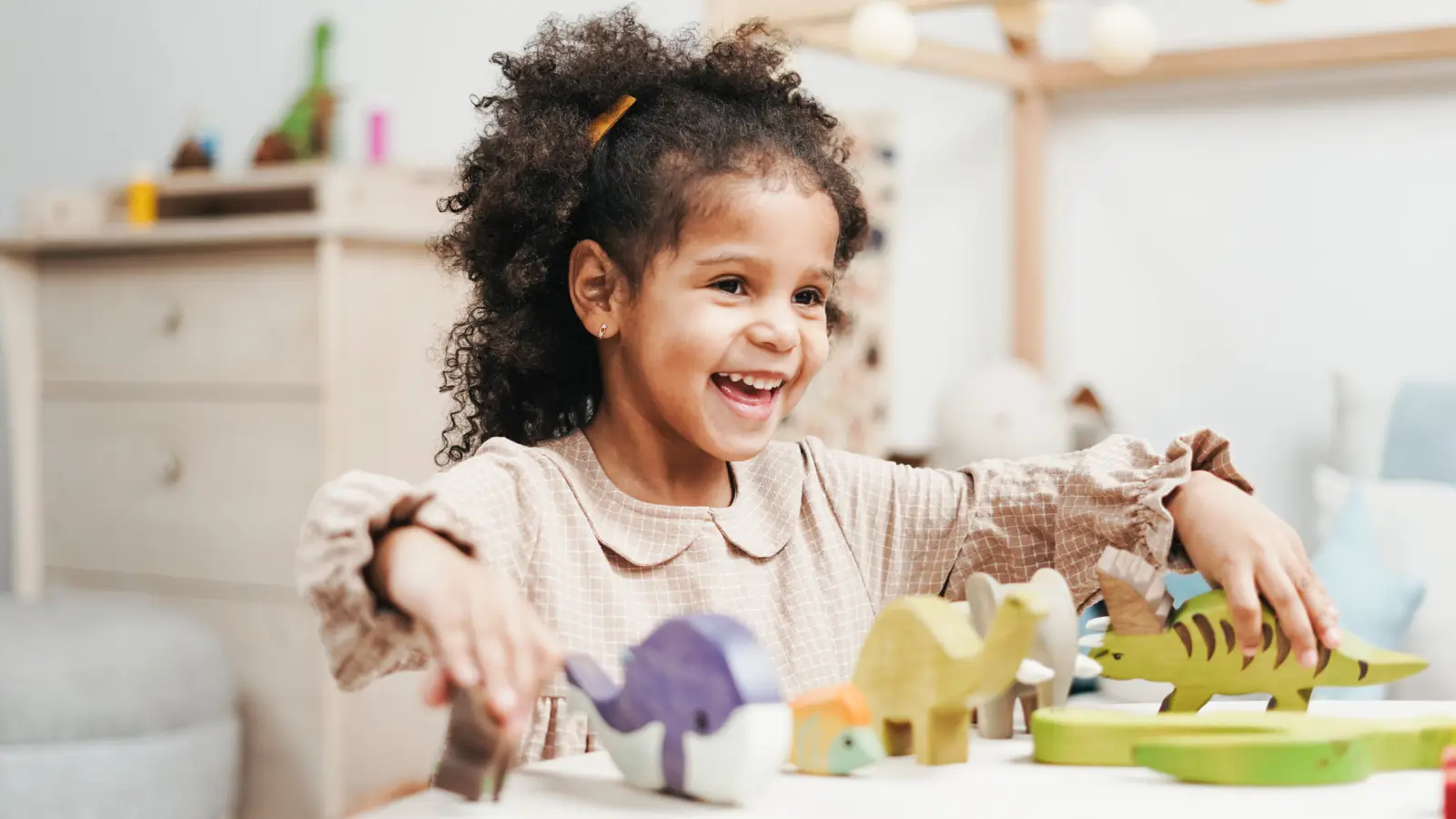
Absolutely. Thanks to many specialists and their research, we now know that when stress activates the brain’s affective filters, the flow of information to the higher cognitive networks is restricted and the learning process grinds to a halt.
This is what usually happens when children are exposed to traditional passive learning in elementary school, for example, or any kind of learning activity at home. And this is where Active Learning for kids can make a difference in your child’s mood while learning, and ultimately in the quality of your child’s learning.
By practicing learning through fun, kids are essentially stress free because they are enjoying what they are doing and are therefore fully engaged and focused on it.
What are the benefits of Active Learning?
There are so many. From body and mind improvements to positive habits, problem-solving skills, and most importantly, emotional control. Here are just a few of the benefits of fun learning.
1. Improves the quality of learning
By removing stress and making learning a fun activity, children take their learning to a higher level.
2. Increases children’s good mood
After they finish their educational tasks and activities, and consequently benefit families by helping to improve the quality of time together.
3. Kids will also sleep better
Although sleep problems can have many causes, the truth is that a stress-free child sleeps better than a stressful one. All you have to do is keep doing things and talking to your child in a way that doesn’t stress them out. In a word, be positive in everything you do and say to your child.
4. It helps kids to develop strong problem-solving skills and think outside the box
And enjoy doing so. Sometimes children, or even adults, struggle to find a solution to a particular challenge. It’s boring and stressful, and every distraction takes them (and you) away from the goal. This probably happens because they learn without passion. They don’t appreciate the journey. Instead, when they and you are doing something they like, they get excited, and sometimes there is even a challenge. They just do it. And the world needs people who find solutions! Those with better problem-solving skills will positively differentiate themselves from others. The ability to solve seemingly intractable problems is essential to success, no matter what kind of success each person seeks.
5. Develops motor skills
Whether it is dancing, manipulating objects, or building puzzles, fine motor skills get a boost, especially at an early age. Movement, whether with their legs, feet, bodies or arms, is a key component in children’s growth and health.
6. Sparks imagination and creativity
This Fun & Learn approach focuses on the joy and well-being of the child, and some activities, such as free drawing or free painting, not only help children improve their coordination and handling of objects, but most importantly, lead them into the world of exploration, where the magic of imagination and creativity happens. Whatever your children are painting or drawing, always give them a positive outlook. It will make them feel good and confident.
7. Self-esteem and confidence
As little ones play and learn, they will feel the need to share their results, and if they feel the feedback is positive, their confidence and self-esteem will get a massive boost. Remember, always be positive.
Kinesthetic learning home activities
Creative learning activities for toddlers and preschoolers that parents can do at home
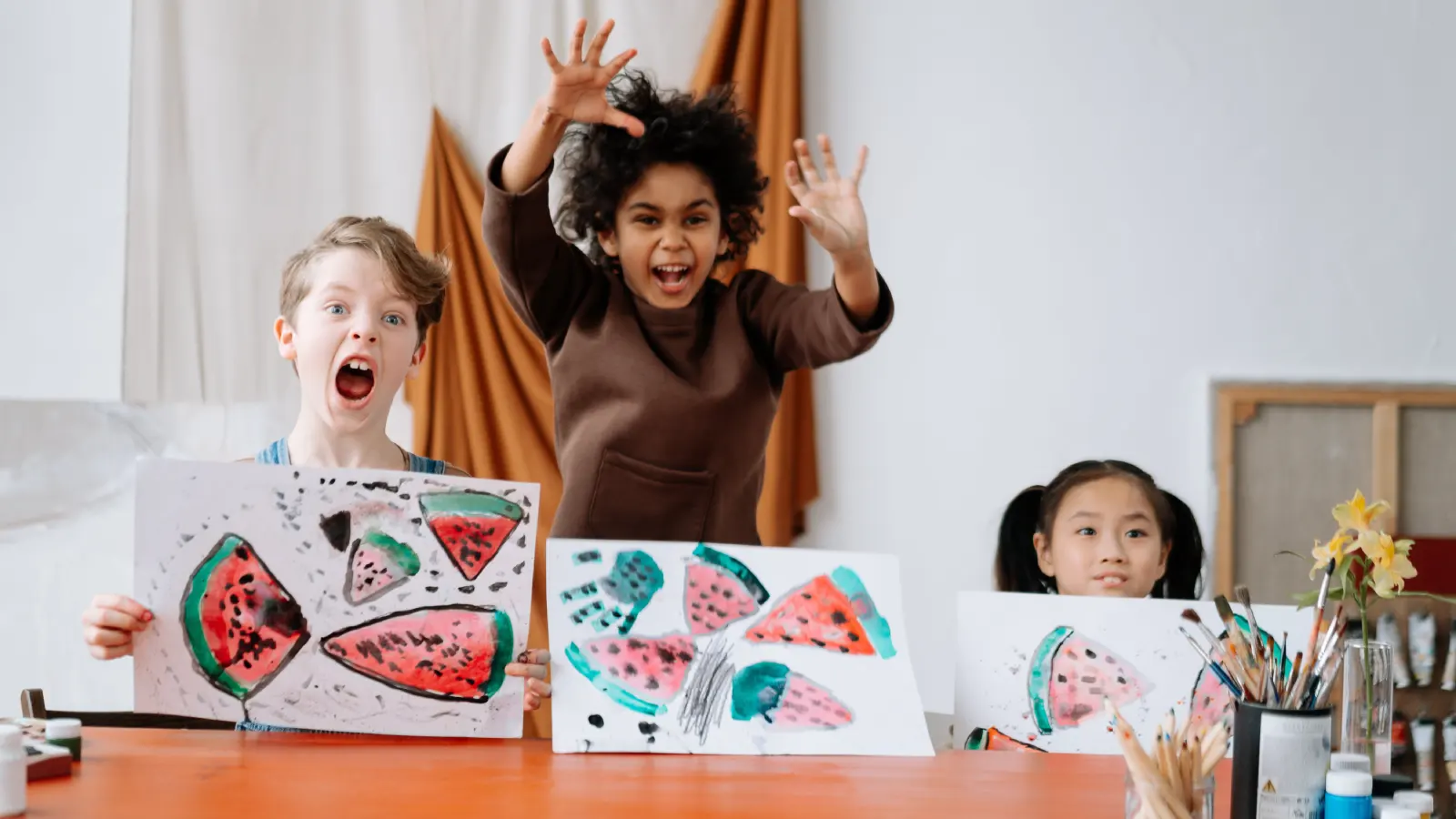
> Drawing and painting
Draw and color their own hands, objects, and toys. You can use age appropriate colored pencils and brushes to paint. Here is a very good and updated article on children’s art supplies to help you find the best choices for your child and also get some ideas on what to paint and draw.
> Play with stickers
Buy some blank notebooks and colorful stickers with a theme, such as geometric shapes, the galaxy and the earth, animals, or a special time of year like Christmas or Easter, and let your child stick them on. You will be amazed at how they learn to use them and use their imaginations to create cute works of art.
> Puzzles and memory games
Kids can start playing with puzzles as young as 1 year old. You can start small, with 4-piece puzzles, and help them in the beginning. Try a little each day and let them try on their own. Watch the magic of self and fun learning happen.
> Storytime and reading time
Well, it is not very creative, but it does spark creativity, and you can always find a way to make it more imaginative. You can read to your child if he or she doesn’t yet know how to read (you can still do it even if he or she does), let him or her read alone, or create a storytime corner in the room where children can read or act out stories. Animal stories work well for this because they love to imitate animal sounds and learn about them too.
> Transfer solids and liquids
Durty means fun. Empty and fill containers with water, sand, salt, whatever you can find around your house that a toddler or child can easily transfer with a spoon or their hands. Even at mealtime, children love to transfer food from one plate to another. Make sure you use old clothes that they can mess up and do it in a place in your house where you are comfortable with getting dirt.
> Making the most of screen time
We care about the quality of screen time, especially for young children, and we know that video plays an important role in children’s development as they learn about colors, animals, shapes, and vocabulary. Unfortunately, most of the options out there provide a very passive experience, which is the opposite of active learning. That is why we created KidsBeeTV, a streaming platform for kids up to 8 years old that features only 100% safe and curated content with a wide variety of play-based learning kids shows and learning activities to keep them engaged, active and learning. Yes, you read that right, a fun, positive, educational and active experience for kids. You can try it for free.
> Sing, dance, clap, move
One of the best ways to do this is through music videos, and KidsBeeTV offers a wide variety of sing-along and dance videos. In fact, KidsBeeTV has an app dedicated exclusively to songs and nursery rhymes that you can try out.
Alternatively, you can create and play a specific playlist on your smartphone. The advantage of the videos is that kids can see the character’s movements and colors, imitate, dance, sing and learn at the same time and have a lot of fun.
Play-based Screen Time vs Passive Screen Time
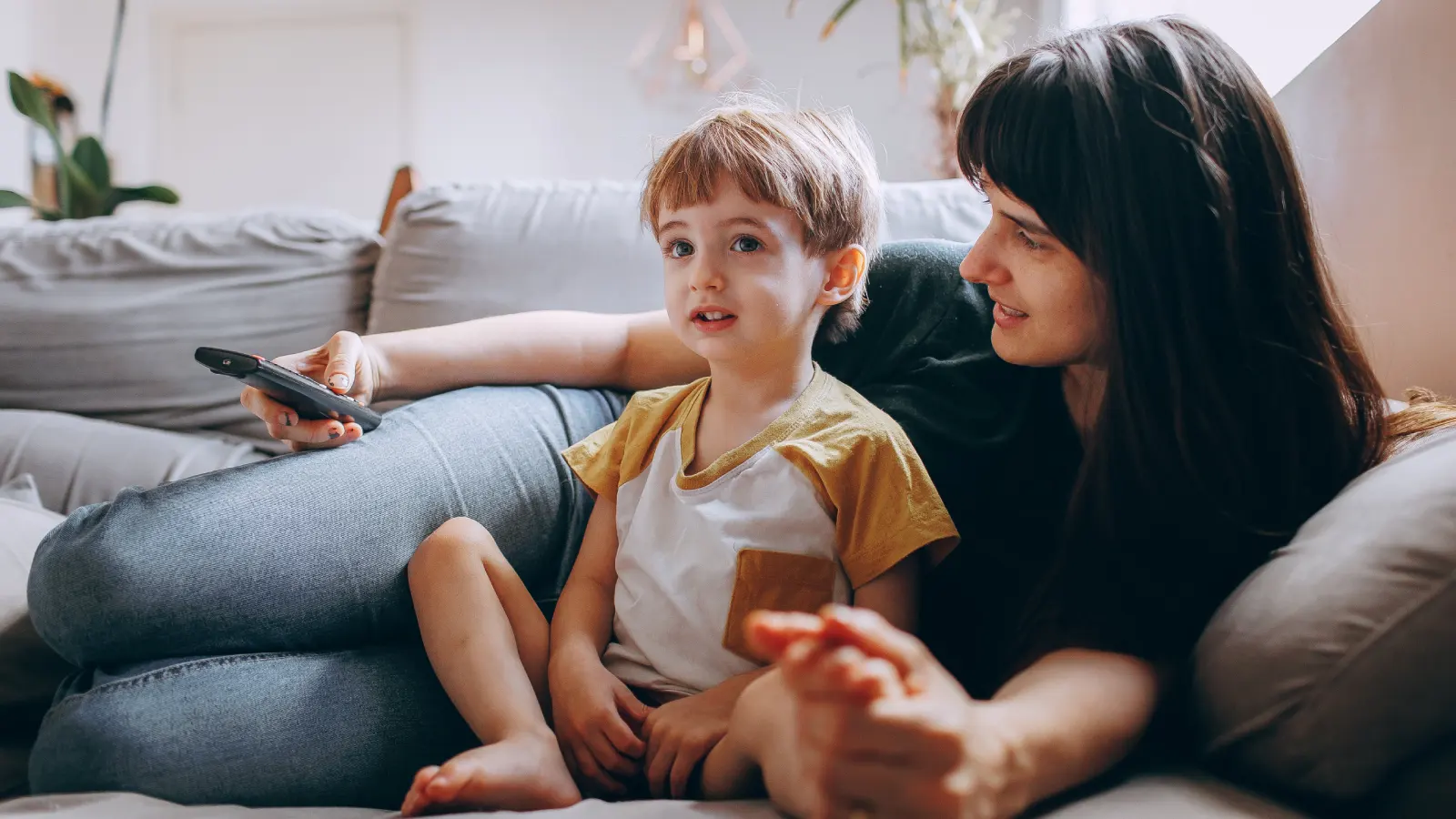
Let’s continue the conversation about videos and apps for kids by exploring the differences between active and passive screen time.
It’s usually easy for parents to share their phones or give kids their own devices and play YouTube. It keeps them distracted and entertained for a period of time.
The thing is that as time goes by and this habit gets stronger and stronger, many parents start to notice that the long time of exposure to passive video experiences like the type YouTube provides has made several not-so-fun changes in their child’s daily lifestyle and behavior.
There are many of the drawbacks associated with spending too much time in front of a screen with a passive-based experience platform.
Disadvantages of passive screen time for children
Screen time increases
The more they watch, the more kids want to watch. Not a bad thing, but needs to be a control, especially because is not active screen time activity. Also, practicing low quality screen time brings other issues like low levels of mobility skills, communication skills and good mood, among others. And here is where it rings the bells of parents’ concerns about the quality of screen time and online safety as well.
Sleep problems
When children watch many hours of video, especially before bed, they tend to have bad nights or difficulty falling asleep, which increases the likelihood of other child health problems such as depression and anxiety.
Lower grades in school
As their brains and bodies get used to passive experiences on a daily basis, the levels of the cognitive area of the brain get lower and lower. Therefore, children with more passive video hours, especially more than 2 hours per day, began to have difficulty with problem solving, critical thinking, and expressing themselves, either through speaking or writing.
Higher stress levels
Many parents today are concerned about their children’s behavior, and passive video viewing may play a significant role in this problem. They notice that their children are more likely to get annoyed, talk loudly, and have no patience for almost any activity.
But it doesn’t have to be this way.
There is a more valuable option for parents when it comes to screen time that can help them create new and healthy habits for their kids while they are having fun on mobile devices or TVs.
You now know what active learning is and the good these activities can and would do for your little ones. Giving them the opportunity to learn while having fun watching videos and playing the games they love is probably the ultimate goal for every parent.
The benefits of quality screen time or active learning screen time for children (and parents, too)
> Kids exercise more
This is self-explanatory, and probably many of you already have kids who exercise a lot. But the magic happens when you have a girl or boy who just doesn’t like to exercise. When you put them in front of videos that they like that make them move and imitate the characters on the screen, you will see them loosen up and move their bodies like never before. They may even ask you to join them. The icing on the cake.
> Develop coordination skills
You will find many categories of videos that talk about directions, body movements, and writing skills. Some of them will also give them small and fun tasks to do while watching. ll this will help your toddlers improve their coordination, which is very beneficial, especially for young children.
> Helps kids focus and concentrate
Their mind is now more flexible and active than ever and so their level of concentration will rise and with that their focus and specific tasks will also get to a higher level.
> Encourages kids to play and explore the world around them
Screen-based activities can inspire and motivate children to explore the real world by introducing them to new concepts, encouraging problem solving and creativity, fostering social connections, and nurturing a love of nature. By carefully selecting and limiting screen time, parents can help their children benefit from these positive experiences while engaging with the world around them.
> Easier for parents to control screen time
Even though active learning apps like KidsBeeTV have the ability to control and set screen time, after kids have been watching and learning for, say, half an hour, they will be in a much better mood and ready to do other tasks off the screen. As the old habit of passive screen time is replaced with the new habit of active video experience, it will be even easier for parents to do other activities with their kids.
> Parents are free from worries
Say goodbye to bad content being shown to your kids that is driven by algorithms, health concerns, and stressful communication with and by children. Active learning apps will fulfill many of your children’s needs for fun, learning, and exercise. They will be doing and feeling much more positive and educational things in much less time. So your concern will be planning the next positive activity. Probably taking them to the grocery store or playing hide-and-seek.
Play-based Strategies for Parents
Strategies for toddlers and preschoolers you can use
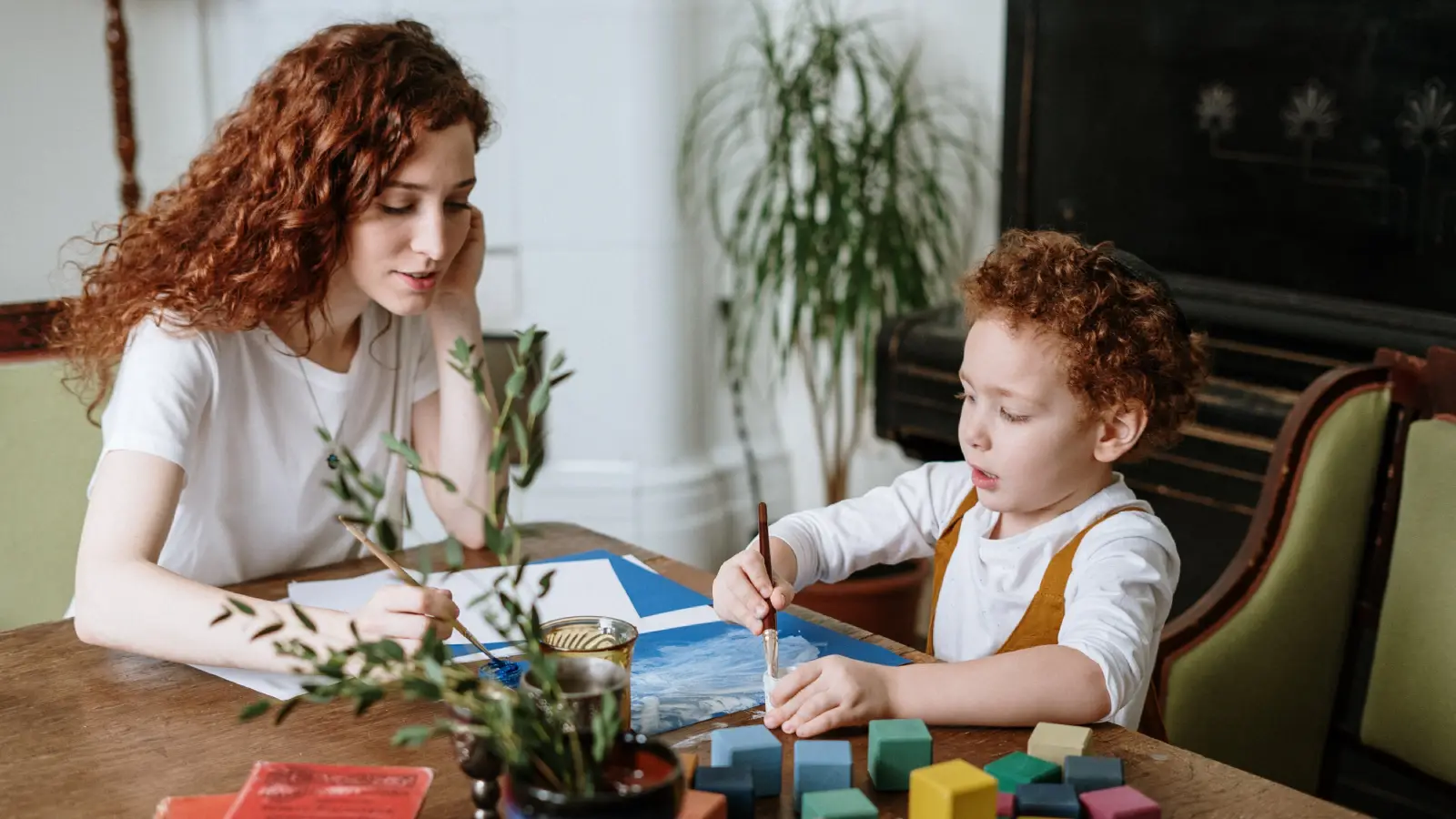
There are several active learning strategies you can use, but here we will focus on 5 that we believe are the most relevant for these age groups.
1. Positive atittude
The first, and already mentioned in this article, is to always be positive with your child, no matter what he or she is doing or has done.
2. Discussion
Always try to have a meaningful discussion about the exercise or activity your child has done by asking questions and waiting for answers. This will help with communication and also strengthen the parent-child relationship.
3. Join your child’s play
Whenever the activity allows, ask your child if you can join in and help. Talk about the choices they have made and observe what they do with the materials.
4. Give your child time alone
It is very important for them, and for parents, to be free from distractions while they play or do certain learning activities. Let them play alone in a safe environment where you can keep an eye on them and just go when your child calls you. There are tremendous benefits to this for children, mostly related to self-control, emotional control, and self-confidence.
5. Be generous and helpful
Listen to their needs, problems, and difficulties when they are doing a creative learning activity and discuss the situation so that you can come up with solutions as a team. Don’t fall into the trap of having all the answers for them. This is a great opportunity to develop your child’s cooperation, teamwork, and problem-solving skills.
Kids’ Learning is Fun When…
They love what yhey are doing
When we’re inspired or passionate about something, learning feels fun and rewarding, and it’s easy to go the extra mile to learn more.
They feel safe
In a supportive and safe environment, we feel free to explore, grow, and set new goals.
The environment is inspiring
Our physical and digital environments need to be designed with kids in mind. They should inspire.
They are valued for who they are
Positive learning comes from an atmosphere of respect and appreciation.
It’s fun to fail
Mistakes are allowed in a safe atmosphere to foster creativity and innovation. Embrace failure. Celebrate it. It’s the only way to improve and grow. Don’t build a fear of failure in your child’s mind.
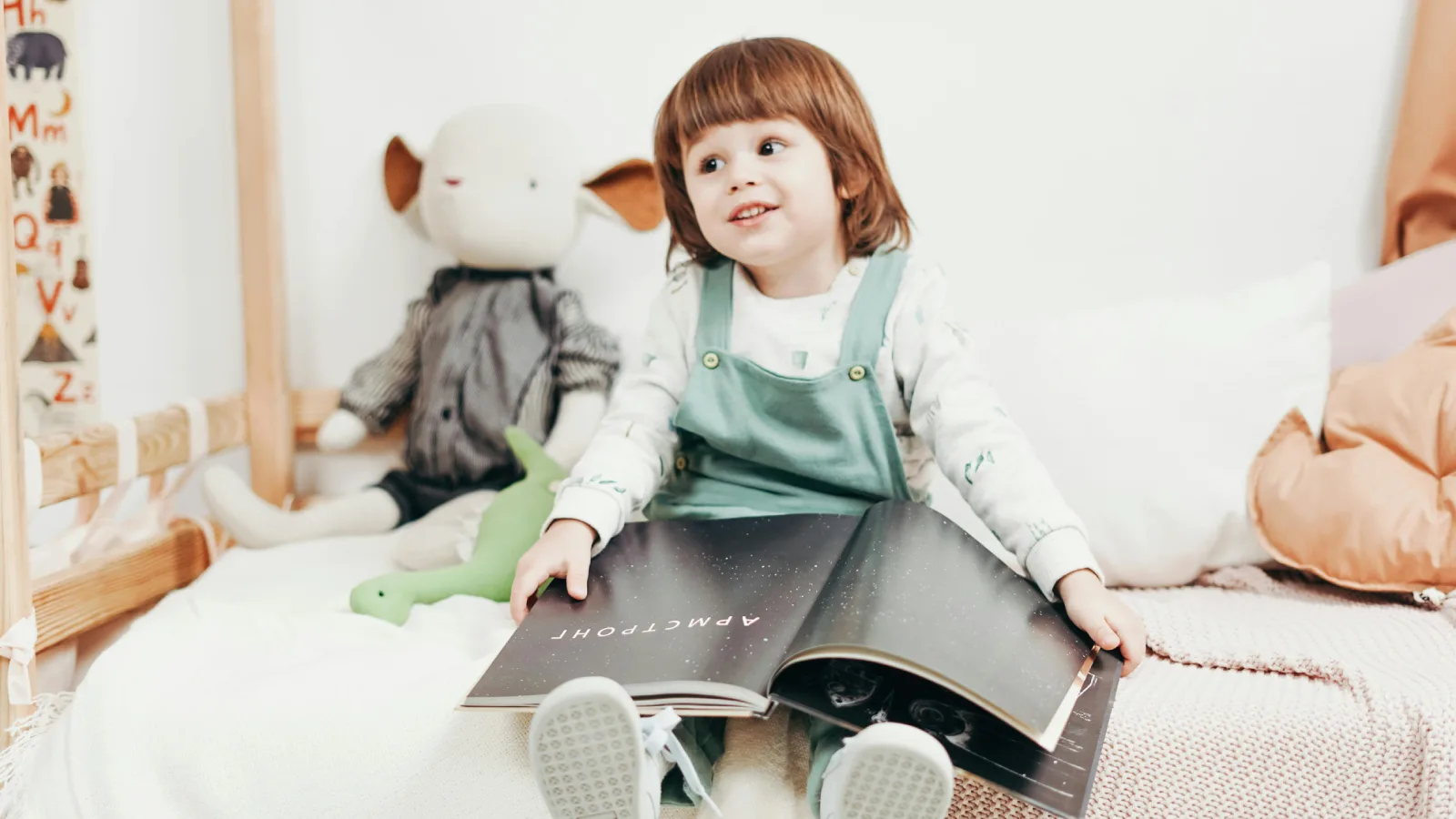
The bottom line is that kids (and adults, for that matter) simply do more, do better, and feel better when they are having fun and enjoying themselves. Whatever it is.
With this in mind, it is our responsibility as parents and educators to provide them with the best tools and environments so that they can learn and grow while enjoying the process. So that they can look forward to almost any activity, even learning. Especially learning.
Experts believe that the educational process is the most important and lasting task we do as living human beings, and the more fun, proactive, and productive we can make it for our children, the more likely they will reach adulthood and face any situation with joy and responsibility. It will make the process of finding solutions less stressful and more accurate for people.
The world needs problem solving experts, let’s not just make them experts, but experts who love what they do. 💛

